
If Agfa somewhat receded from the minds of consumers in the second half of the Twentieth Century, the company’s involvement in what we might call ‘industrial’ optics certainly did not – encompassing photo-industrial devices such as minilabs and printer controllers, and the full spectrum of imaging applications for medical and manufacturing industries. If Agfa’s ‘over the counter’ presence waned between 1960 and 1990, they remained a major player behind them – in hospitals, pharmacies and factories. Sadly, little of this legacy survives: in most cases the optical components went the way of the obsolete technology it was attached to. However, some remains: lenses plucked from the jaws of crushers, lovingly extracted from moribund hardware to begin a new life as off-piste capture lenses – or paperweights.
Colostar

The frequently mis-spelled Colostar appellation (unlike Solinar and Color-Solagon) was never applied to taking lenses – although Agfa did make 42mm fixed aperture (f11) Colorstar lenses for their (entirely unrelated) Agfamatic 50 and 100 pocket cameras. The connection to Hungarian prog rockers Colorstar is also unfounded. Agfa never tired of reminding us about its colourful past but in the 1950s ‘Color!’ was an industry buzzword liberally (and meaninglessly) tacked on to a range of hardware already capable of colour reproduction to sync with the newly chromatic world of film, chemistry and paper Agfa was pioneering. When added to -Magnolar and -Solagon, it signifies nothing more than a marketing moment. Unfortunately, removal of the middle ‘ur’ from ColourStar makes Colostar inappropriately redolent of colostrum, colostomy and colo-rectal.
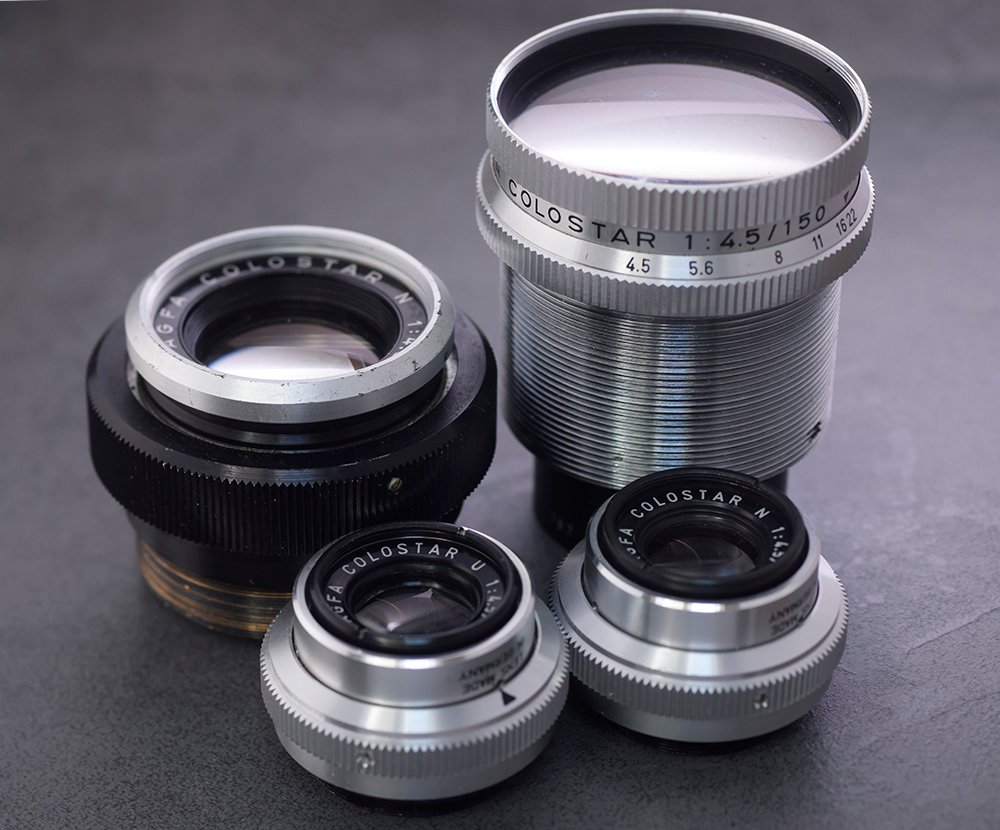
The range is diverse and hard to rationalise, but probably linked by serial numbers with A-G prefixes to the Color-Solagon range designating industrial lenses or flagging optimisation for unusual magnification ratios. Colostars are seen in focal lengths from 38-150mm – mostly Colostar U or Colostar N. The 150mm is simply labeled Colostar. The peculiar focal lengths and presence of fixed aperture models suggests that some were designed for specific use-cases. Agfa Colorstar U and N lenses always have the exact focal length hand-written on the rear.
Hans-Martin Brandt notes that the 3.5x optimised Colostar N 75mm f4.5 was fitted to Agfa’s Colormator N-Series for rollhead printers (manufactured from 1959 until the late 1980s) and Variograd Photographic Belt Copying Machines (manufactured from 1957-1987). It’s likely that Colostars were fitted to laboratory imaging systems such as the Agfa Labomator, too – but Colostars were never offered by Agfa to the public market, and only found their way onto other imaging platforms after retirement – most notably digital cameras, where they make fine macro lenses at their intended working distance.
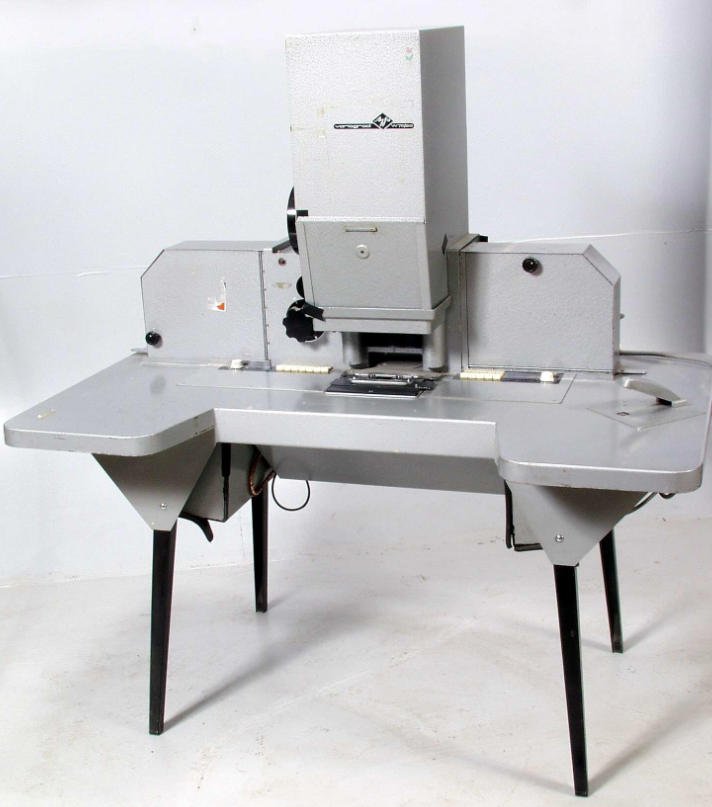
Agfa Variograd 76/90 Photographic Belt Copying Machine fitted with a Colostar lens
The Colostar range was likely in production by Agfa at Münich Kamerawerke from 1957 until around 1980 –although it can’t be ruled out that Agfa subcontracted production to a German partner, as it had before. The absence of a serial number index makes it impossible to pin dates to samples, which vary in finish and are evidently spread over several decades. Broadly speaking, samples with low serial numbers have all-silver casings that, in higher serial samples, were redesigned with black and silver casings with large ribbed aperture rings – although this trend reverses in the case of the 60mm. The fine-pitch (0.5mm) mounts vary, too: 27.4mm, 39mm, and 42mm are seen. For full details please see the main archive for the expanding catalogue of Colostar lenses.
Colostars are akin to a reversed version of the Color-Magnolar II, which makes them a 5/3 Reverse-Heliar, similar to the longer Ental II’s by Taylor Hobson. In tests, Colostars tested so far have straddled Silver-to-Bronze award territory: the physically impressive Colostar-U 100/4.5 scored as high as 83% for f5.6-f8 average near field, but a rather less confidence-inspiring Colostar-N 77/4.5 only rated 78.3% for far distance.
Consistently sharper close up than at distance, Colostars’ performance as taking lenses is compromised relative to the flagship Color-Solagons: there are Colostars with sharp Zone 1 and soft Zone 3, and there are Colostars that resolve evenly from corner to corner, but aren’t critically sharp anywhere. As you might expect, they are most comfortable at 3.5x magnfication. What these well-corrected workhorses have in common is civilised bokeh, moderately low contrast, well controlled chromatic aberration and graceful rather than eye-popping colour rendition.




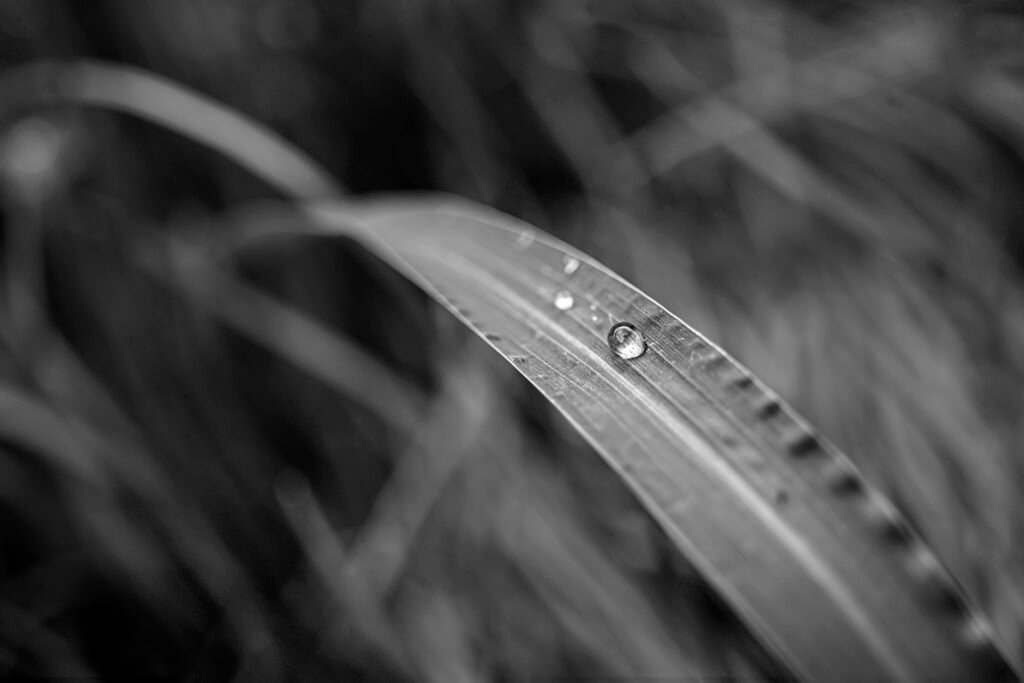

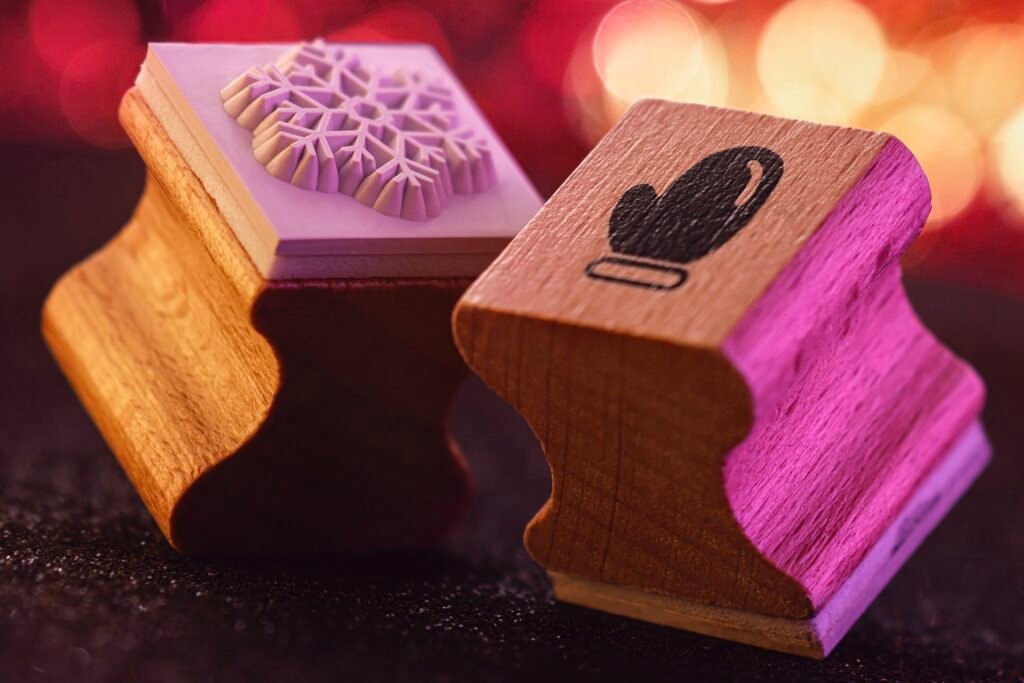

Agfa Minilab Lenses

Agfa was also a successful manufacturer of minilabs. Wikiwand.com confirms that Agfa (like Tomioka) had a working relationship with Copal:
“In 1983, a collaboration with the Japanese company Nihon Densan Copal was started in the minilab segment. Copal developed and produced the complete machine body with the integrated wet end for paper image development. The film input area with the integrated film scanner was developed, produced and provided by Agfa. The customer’s exposed negative films were usually developed in a special machine in the laboratory before being printed.“
During the 1990s and on into the 2000s, Agfa’s minilabs included the MSC Series (100, 101, 101-D and 200), MSC2, MSC3, CLS13 and CLS23. The MSC 100 was fitted as standard with a variable focus imaging lens covering 135, IX240 and 110 formats. Optional lenses could be fitted that covered 120, 220 and other formats. These machines included the designation 8506 (the Agfa MSC100, for instance, was officially DD+8506111H010E). Imaging arrays (including a condensor, like the one below, from a MSC 101.D) and lens parts for these machines usually include an 8506 reference.

The imaging array above (dating from 2001) was suitable for fitment of 109,8506, 110,8508 and 110,8509 lenses. These numbers don’t necessarily refer to focal lengths.
Agfa’s range also included fp.100, fp-120 and fp.200 models, as well as the Peiting-made d-Lab Series (1, 2 and 3) which continued to sell worldwide even after Agfa’s collapse when ownership of d-Lab transferred to Minilab Factory Gmbh in February 2006. Widespread retirement of these devices in the last decade has put a number of interesting purpose-built varifocal lenses into circulation. They’re heavy and hard to adapt but have great potential as macro lenses, as user DIN0 notes on the mflenses forum. Here are a few images we shot with them:
D-Lab Zoom lens

This is probably as far from a regular lens as you might be able to imagine… it’s basically just some grouped lens elements on a metal rail moved by tiny motors and it’s all inside a very heavy and massive metal casing. There’s no lens body, no aperture mechanism and I was highly skeptical if it would even be worth it to attempt an adaption of this lens, particularly when it turned out as being quite hard to remove from its ‘metal coffin’.
I hope you agree that it was, when looking at the sample images. I was at least very impressed by the image quality of this lens and while I’m still pondering over the possible ways of creating a proper system to adapt this one to my bellows system, I’ve already grown fond of this lens, even when used by help of tape and without being able to use it as a zoom lens yet.










Agfa Repro & Scanner Lenses
Agfa-Gevaert 107/4 (scanner lens)

This lens has been tested by user Miljenko as a tube lens for a stacked lens setup with some fantastic results:
https://www.photomacrography.net/forum/viewtopic.php?f=25&t=41293&p=259908&hilit=agfa+107#p259908
Miljenko also gave me the tip, that this lens was used in a scanner. Because it was impossible to verify that information at the time, I continued my research and finally found a paper by the ETH Zürich, (The Agfa Horizon scanner characteristics, testing and evaluation) which mentioned an Agfa Horizon scanner having a “Lens (Agfa made): 3/1 object magnification, 107 mm focal length”
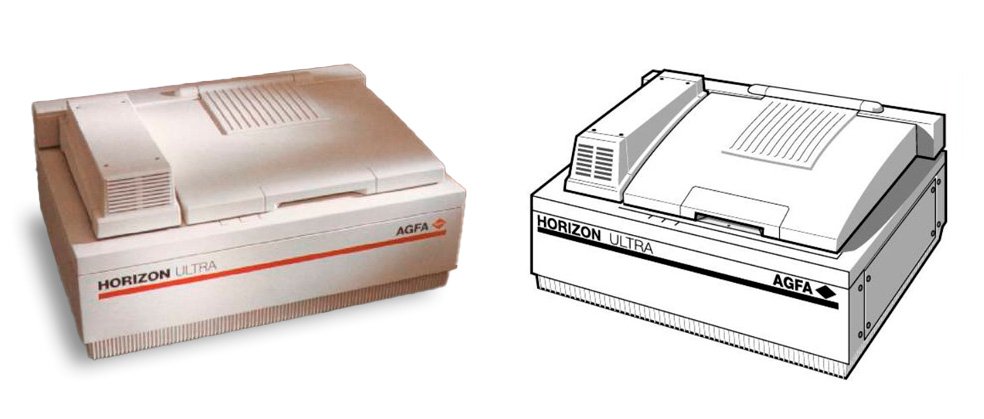
Specs:
Scanning System: Flatbed CCD technology — 15,000 pixels wide
Scanning Resolution: 20-2540 ppi continuous resolution range for line-art and gray scale, 20-2000 ppi for color
Original types: Reflective and transparent. Unlimited thickness for reflective originals
Original Sizes: Reflective: 297 mm x 420 mm (A3) (approx. 11.7″ x 16.5″) | Transparent: 240 mm x 340 mm (approx. 9.5″ x 13.5″)
Dimensions: 815 x 560 x 395 mm (32.1″ x 22.0″ x 15.5″)
Weight: 64 kg (135 lbs)
Price: >40.000 €/$ (depending on additional memory option)
This massive device was able to scan everything from 35 mm negatives up to 297×420 mm, which demands a lot from the lens used in it and suggests that it must be rather versatile.
The Agfa-Gevaert 107/4 certainly seems to fit that bill and can indeed be used to take high-quality shots from 1:1 magnification up to the close-up distance. It covers a full-frame sensor at infinity, but I don’t think that it will show outstanding quality there.
Up close its background rendering is very smooth and while the diaphragm doesn’t fully open I find the rounded pentagons to make great bokeh highlights. At distance the background smoothness takes a bit and some double edges seem to affect the overall quality as well. It’s therefor highly recommended to primarily use this lens for close-distance shots.
Scanner lenses can be all over the place in terms of CA correction. The Agfa-Gevaert 107/4 shows some visible CAs under challenging conditions, but nothing too significant in my opinion.
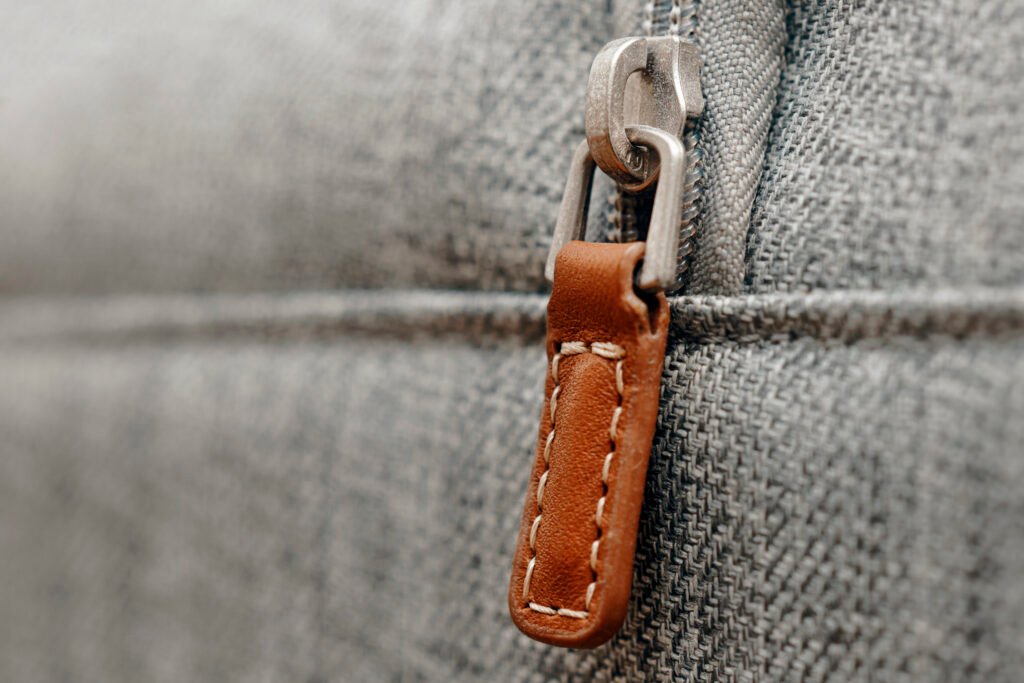






Agfa Repromaster Series
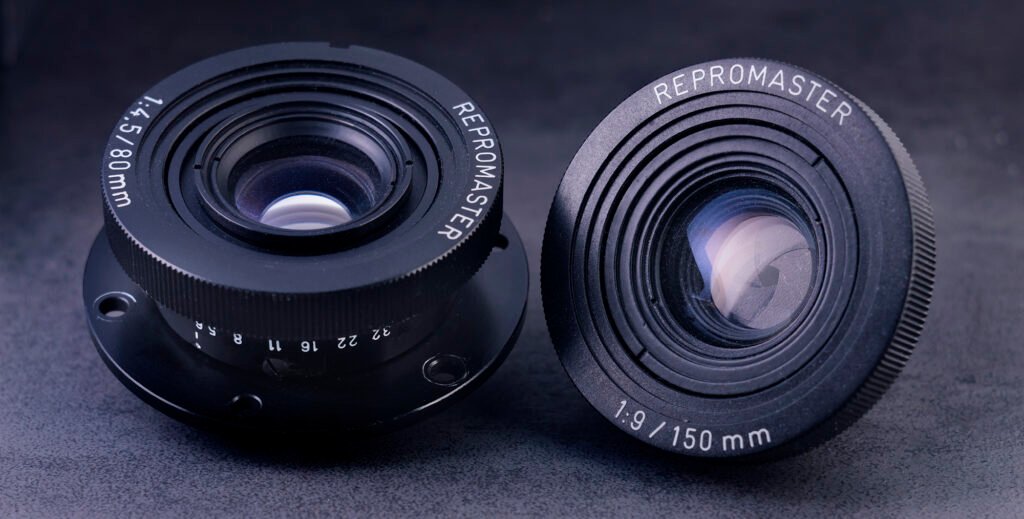
These lenses have also been sold as Staeble Ultragon, Eskofot or Helioprint in various focal lengths and they all seem to have been used on big and heavy repro/process cameras, similar or identical to the eponymous Agfa Repromaster series.
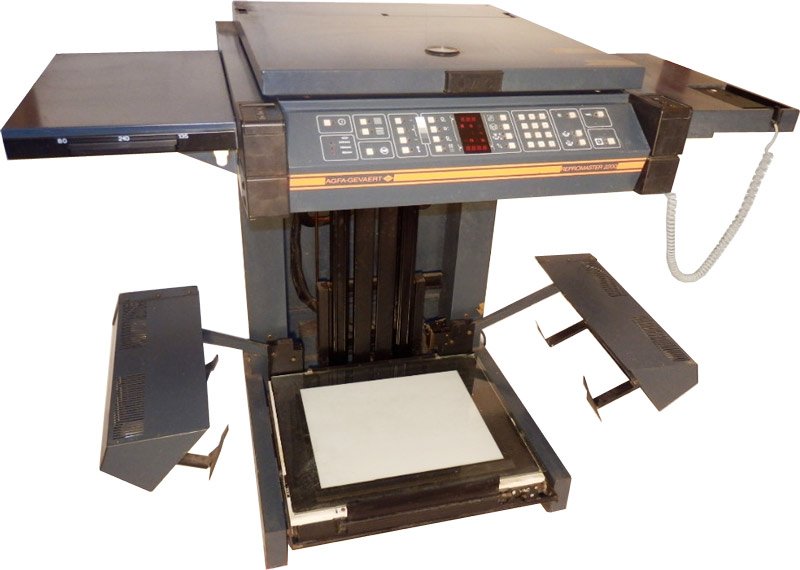
You can read a bit more about actual experiences of some people who worked with those machines here: https://www.forgottenartsupplies.com/?what=artifacts&image_id=178&cat=60
It’s quite interesting to think that machines like these were essiential to many workflows in media and advertising, therefore also very well made and expensive, but then disappeared completely after a relatively short amount of time without leaving any trace. Big and clunky as they were, they were mostly left to rot in some dark and dusty place.
Many of the repromaster lenses might have met the same fate, but some were adapted by large format users, probably mostly for macro use, even though they’re said to work fine at distance as well.
They are usually considered to be corrected very well for CA, show very little distortion and great sharpness. They suffer from low contrast though and the unusual thread size and missing filter thread make them a bit cumbersome to adapt and prepare for being used as taking lenses. Most of them are missing any labels of aperture value, but they have click-stops which makes it possible to determine the stops.
One of the reasons why they may not be as well regarded as some enlarging lenses of similar quality may lie in the fact that most of them feel very plasticky, which is caused by a plastic aperture ring. It’s very likely though that this was a completely practical decision informed by the way they were used in those machines, rather than a mere cost-saving factor.
In Ray Parkhursts coin photography comparison tests, the Repromaster 80/4 was the best lens in the center (even better than the Schneider-Kreuznach Makro-Symmar 80 mm), but quality dropped significantly towards the edges of the coin, so that certainly feels like something to keep in mind. It could suggest that theses lenses were not intended to be used wide open, but rather at typical apertures for repro-lenses which often are around f/8-f/16.


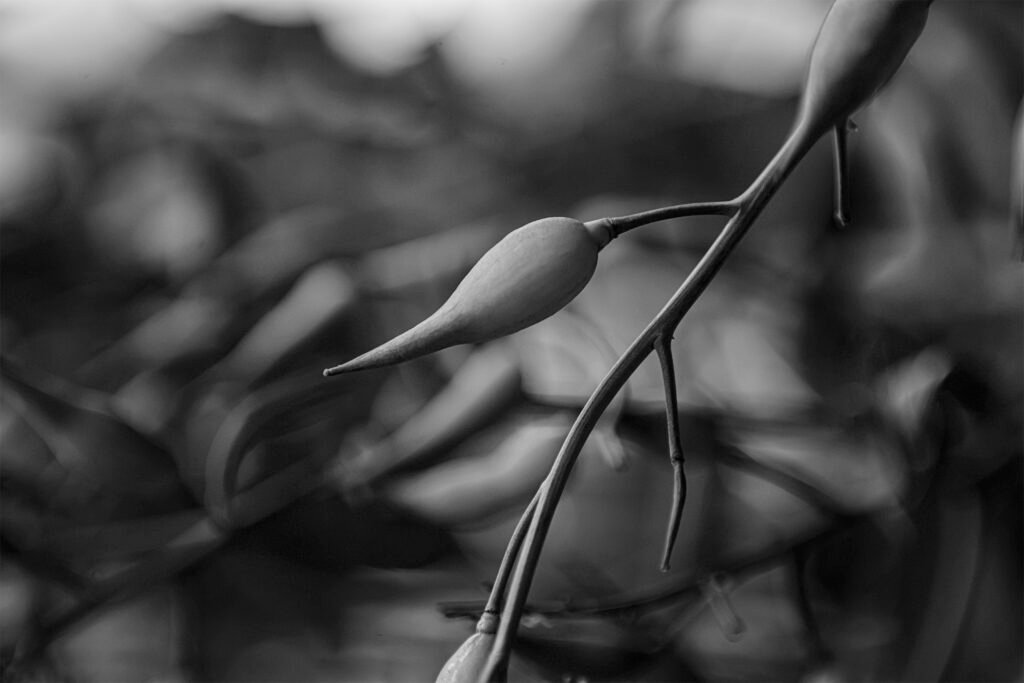



Custom Builds, Prototypes, or M. for Mystery?

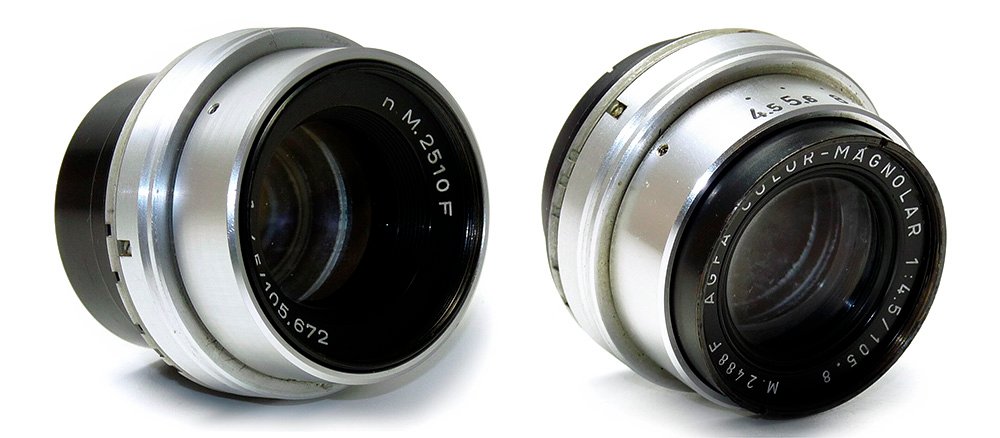
When compiling the Agfa enlarging lens serial numbers list (below), one thing stood out immediately: whenever a lens had a serial number with an M-prefix, it was impossible to find another. Agfa made many special purpose lenses in small runs that rarely surface in the used market, but even compared to those, it’s very unusual. M. lenses span different lens families and totally different constructions. Two in our collection are very similar to known models: a Color Magnolar 105mm and a Colostar N 42/4.5 – but others have no designation beyond a serial number.
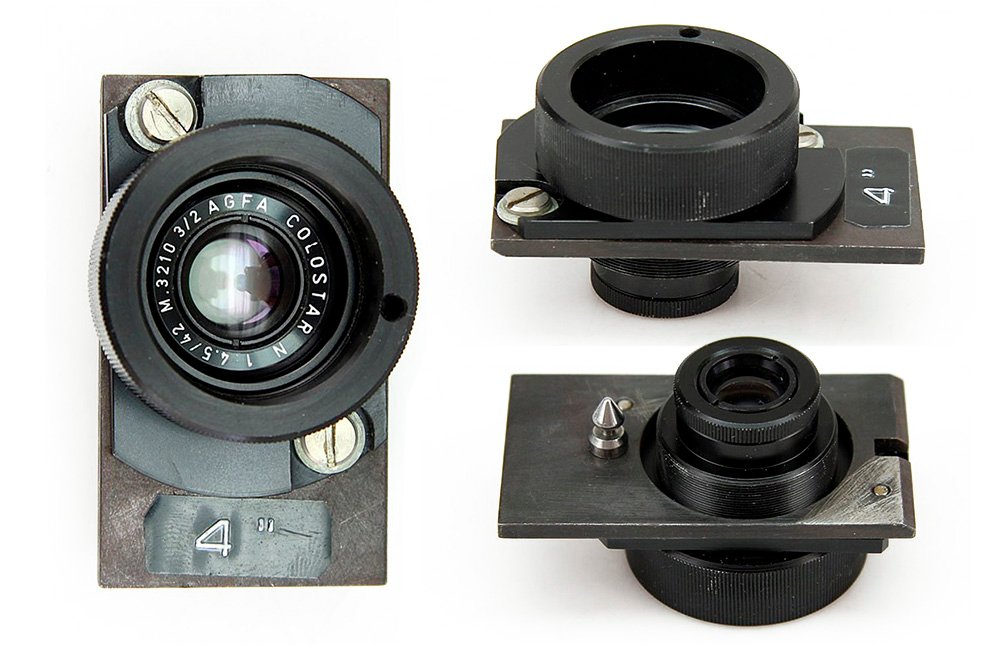
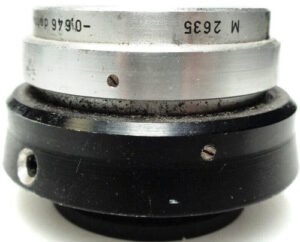
The 42 mm Colostar appears to be of standard 5/3 construction, as does the utilitarian M.3054 5/1. Both have a fixed aperture and the same outer diameter. It’s likely that the peculiar focal lengths of 105.8 mm and 105.672 mm are also Heliar or Reverse-Heliars.
M.3525 6/3 and M.3421 6/2 appear to be triplets. Because of their simple, compact construction, typical of Agfa’s industrial and prototype lenses – and their optimisation for close-up work – it’s possible these are stillborn competitors to the Zeiss Luminar or Lomo Mikroplanar. We await answers.
The presence of discrete M.xxxx serial numbers on the close-up attachments with dioptre markings fitted to industrial versions of Colostar N lenses (above left, a 0.646 dioptre lens fitted to a Colostar-N 75mm) lends weight to the theory that M is for ‘Machine’. Taking another shot in the dark, perhaps the M. signifies custom made (‘Maßanfertigung’) or prototype sample (‘Muster’). But for all we know at present, it stands for ‘Mysteriös’.
Agfa M3525 6/3 (~50/2.8 triplet prototype lens)

This Agfa “M. 3525 6/3” – still a complete mystery – has quickly established its place as one of my favorite lenses, period. I’m pretty sure it’s a triplet, around 25 mm / 1 inch in diameter and the unassuming ring on it moves a 10-bladed aperture. I would guess that it has a maximum aperture of around F 2.8 – 3.5 with a focal length of roughly 50 mm. There‘s no name on it, just the serial number and it doesn’t have a mount. as the thread on its barrel has an unusual thread pitch, that looks rather like a remnant of production.
It’s possible that it is a prototype for a triplet enlarging lens Agfa patented in 1958 (which as far as I’m aware never went into production). Whatever it is, it is quite the spectacular triplet…





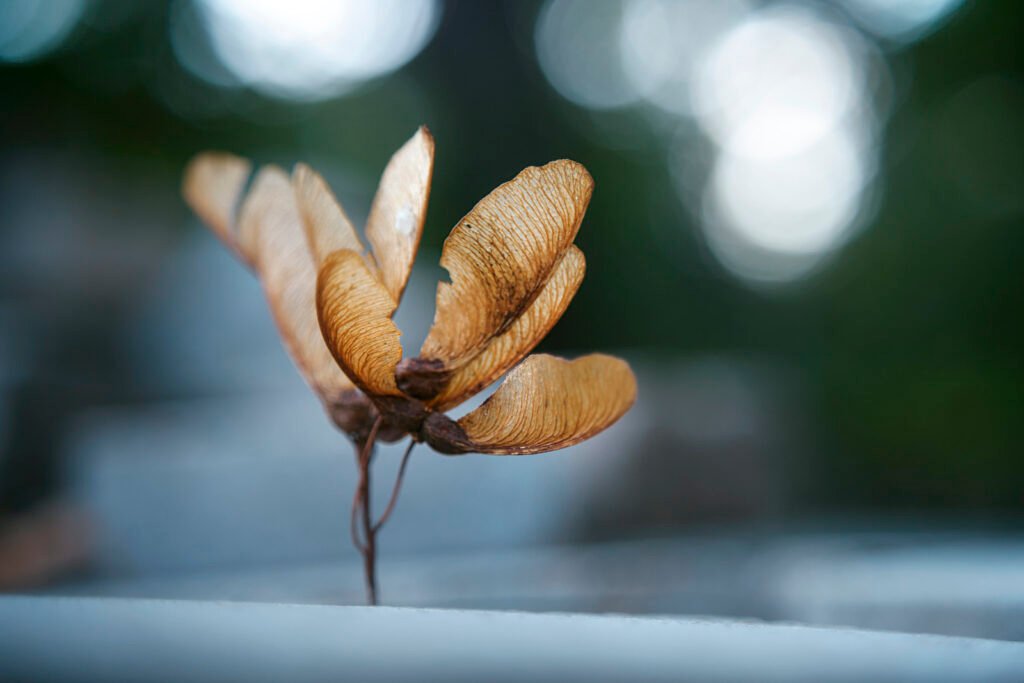

To give an idea of the quality of this lens for macro work, I made a brief comparison of the M.3525 6/3 and a reference enlarging lens of similar focal length, the Rodenstock Apo-Rodagon N 50/2.8. The M.lens is clearly better optimised for higher magnification ratios.




Agfa “M. 3421 6/2” (prototype lens)

This lens is quite similar (size, number of aperture blades) albeit not identical to the M. 3525 6/3. From my overall impression it doesn’t quite stack up to the former, but more testing is certainly needed. Its rendering is also fantastic though:

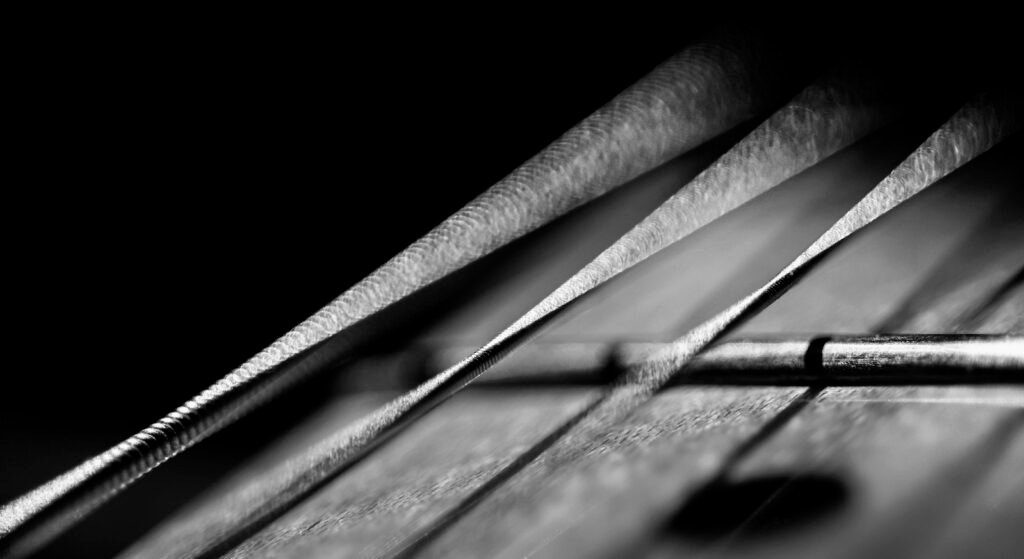

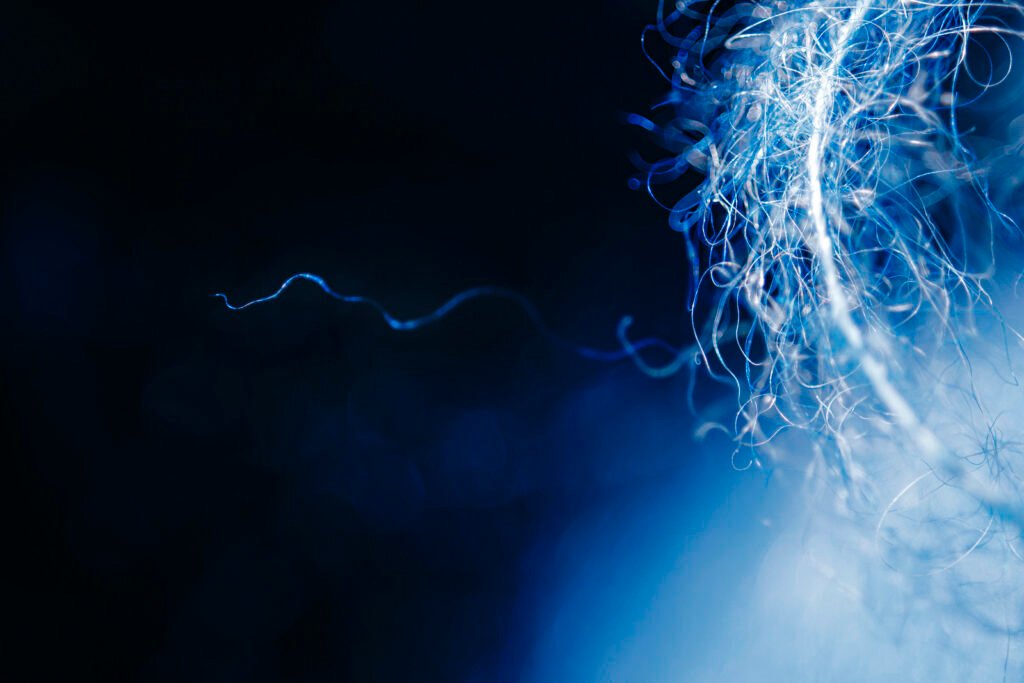

Agfa Microfilm/Microfiche lenses
Agfa Mikrogon
I’ve not used any of the Agfa Microfiche lenses enough to be able to tell how they compare to similar models from other manufacturers. The one I did use for a bit – the Mikrogon 27.7/4.9 – is mainly interesting because of the focal length, which allows for really unique perspectives, particularly given its small size.
Your milage may vary though, so I would probably only recommend adapting those, if you already have them at hand.




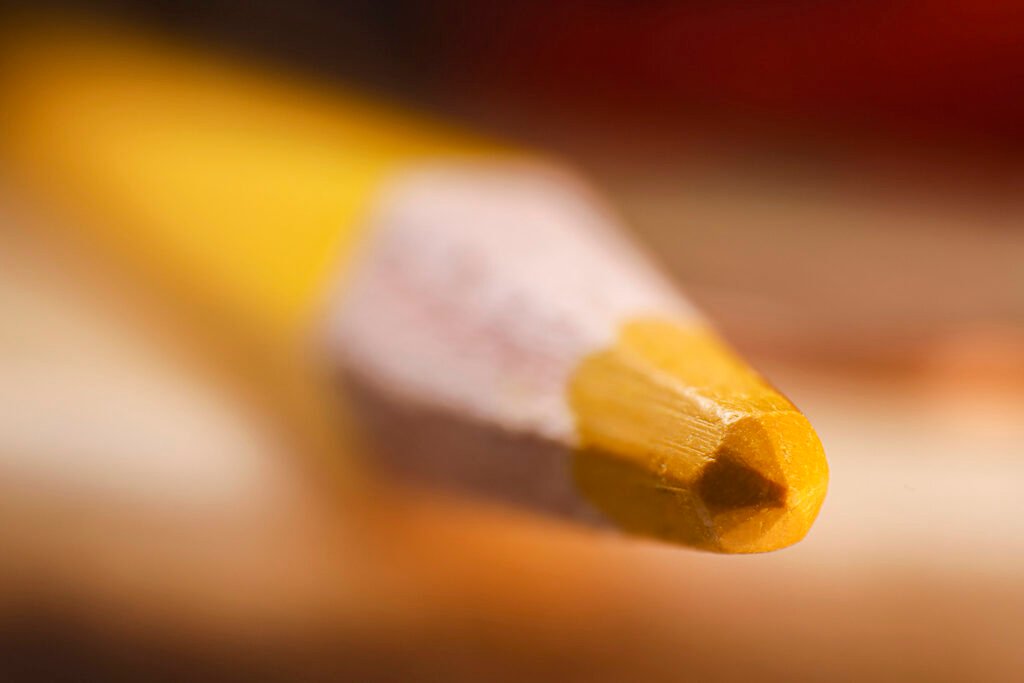
Lenses by application
| Lens | Application |
|---|---|
| Agfa-Gevaert 107/4 | Agfa Horizon scanner |
| Agfa Colostar N 42/4.5 (M.3210 3/2) | Unknown (likely prototype or custom-made) |
| Agfa Colostar N 95/5.6 (M.2993 – 2) | Unknown (likely prototype or custom-made) |
| Agfa Color-Magnolar 105.8/4.5 (M.2488F) | Unknown (likely prototype or custom-made) |
| Agfa 77.9/4.5 (n.M.2465) | Unknown (likely prototype or custom-made) |
| Agfa 105.672/4.5 (n.M.2510F) | Unknown (likely prototype or custom-made) |
| Agfa M.3054 | Unknown (likely prototype or custom-made) |
| Agfa M.3421 6/2 | Unknown (likely prototype or custom-made) |
| Agfa M 3525 6/3 | Unknown (likely prototype or custom-made) |
| Agfa Mikrogon 14.5/2.8 36x | Microfiche reader |
| Agfa Mikrogon 26.7/3.2 18x | Microfiche reader |
| Agfa Mikrogon 27.7/4.9 24x | Microfiche reader |
| Agfa Mikrogon 21/9.8 72x | Microfiche reader |
| Agfa Repromaster 80/4 | Repromaster copy camera |
| Agfa Repromaster 80/4.5 | Repromaster copy camera |
| Agfa Repromaster 135/9 | Repromaster copy camera |
| Agfa Repromaster 150/9 | Repromaster copy camera |
| Agfa Repromaster 210/9 | Repromaster copy camera |
| Agfa Repromaster 213/9.5 | Repromaster copy camera |
| Agfa Repromaster 240/9 | Repromaster copy camera |
| Agfa Repromaster 270/9 | Repromaster copy camera |
| Agfa Super-Intergon 105/5.6 | Repromaster copy camera (?) |
| Agfa Super-Intergon 210/9 | Repromaster copy camera (?) |
| Agfa Super-Intergon 213/9.25 | Repromaster copy camera (?) |
| Agfa Super-Intergon 270/9 | Repromaster copy camera (?) |
| Agfa Super-Intergon S 305/9 | Repromaster copy camera (?) |
| Agfa Super-Intergon WA 305/11 | Repromaster copy camera (?) |
| (Agfa) Staeble Magnogon R 80/4.5 | Enlarging (?) |
| (Agfa) Staeble Magnogon R 105/4.5 | Enlarging (?) |
* Vade Mecum notes tooling and mount similarities between Staeble’s Ultragon and Helioprint and Repromaster lenses, concluding that Staeble likely made all three.
Additional chapters in the Agfa-Gevaert story:

